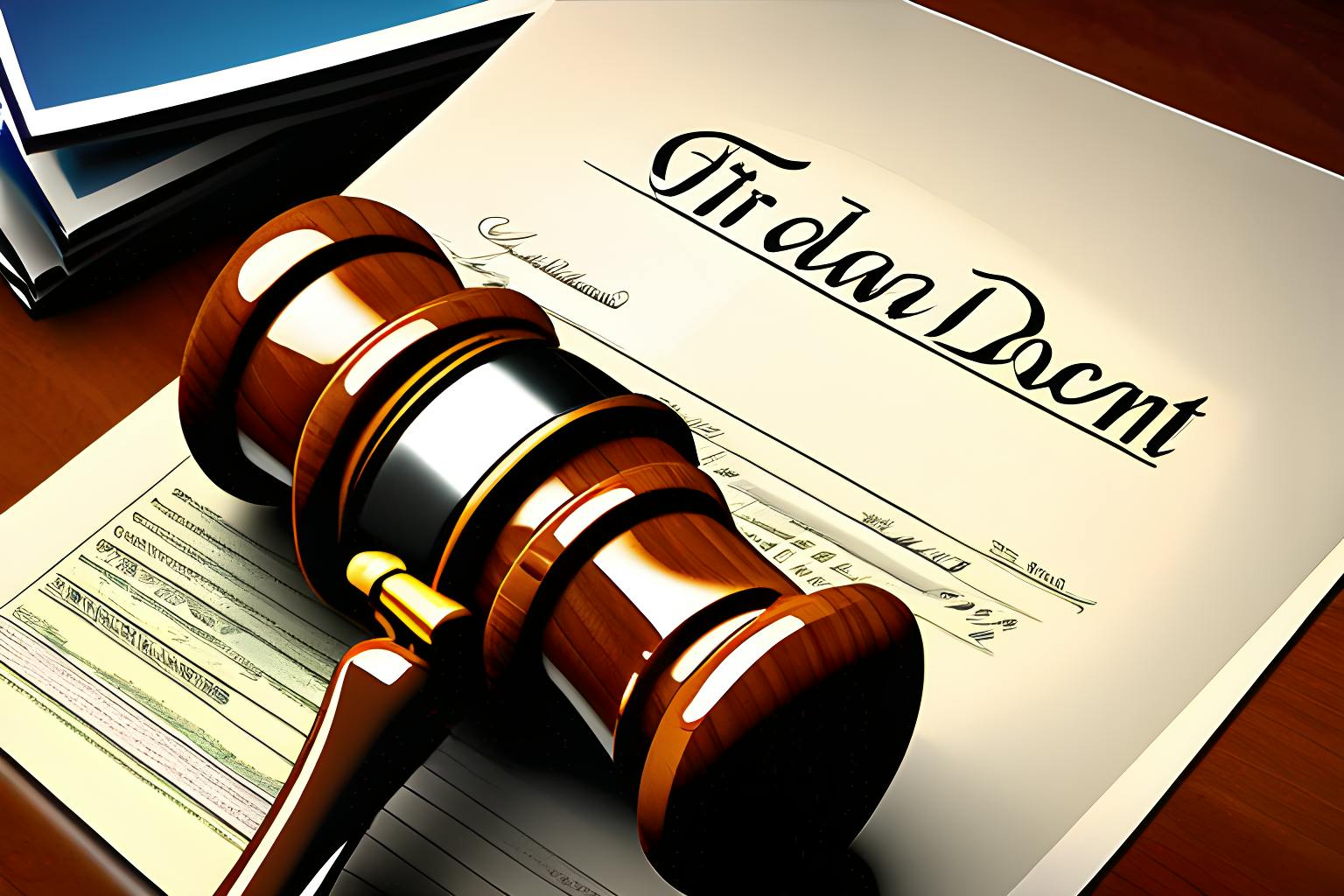Samsung vs. Apple (2016) Court Filing, retrieved on October 11, 2016, is part of HackerNoon’s Legal PDF Series. You can jump to any part in this filing here. This part is 3 of 8.
Opinion of the Court: I-A
The federal patent laws have long permitted those who invent designs for manufactured articles to patent their designs. See Patent Act of 1842, §3, 5 Stat. 543–544. Patent protection is available for a “new, original and ornamental design for an article of manufacture.” 35 U. S. C. §171(a). A patentable design “gives a peculiar or distinctive appearance to the manufacture, or article to which it may be applied, or to which it gives form.” Gorham Co. v. White, 14 Wall. 511, 525 (1872). This Court has explained that a design patent is infringed “if, in the eye of an ordinary observer, giving such attention as a purchaser usually gives, two designs are substantially the same.” Id., at 528.
In 1885, this Court limited the damages available for design patent infringement. The statute in effect at the time allowed a holder of a design patent to recover “the actual damages sustained” from infringement. Rev. Stat. §4919. In Dobson v. Hartford Carpet Co., 114 U. S. 439 (1885), the lower courts had awarded the holders of design patents on carpets damages in the amount of “the entire profit to the [patent holders], per yard, in the manufacture and sale of carpets of the patented designs, and not merely the value which the designs contributed to the carpets.” Id., at 443. This Court reversed the damages award and construed the statute to require proof that the profits were “due to” the design rather than other aspects of the carpets. Id., at 444; see also Dobson v. Dornan, 118 U. S. 10, 17 (1886) (“The plaintiff must show what profits or damages are attributable to the use of the infringing design”).
In 1887, in response to the Dobson cases, Congress enacted a specific damages remedy for design patent infringement. See S. Rep. No. 206, 49th Cong., 1st Sess., 1–2 (1886); H. R. Rep. No. 1966, 49th Cong., 1st Sess., 1–2 (1886). The new provision made it unlawful to manufacture or sell an article of manufacture to which a patented design or a colorable imitation thereof had been applied. An act to amend the law relating to patents, trademarks, and copyright, §1, 24 Stat. 387. It went on to make a design patent infringer “liable in the amount of ” $250 or “the total profit made by him from the manufacture or sale . . . of the article or articles to which the design, or colorable imitation thereof, has been applied.” Ibid.
The Patent Act of 1952 codified this provision in §289. 66 Stat. 813. That codified language now reads, in relevant part:
“Whoever during the term of a patent for a design, without license of the owner, (1) applies the patented design, or any colorable imitation thereof, to any article of manufacture for the purpose of sale, or (2) sells or exposes for sale any article of manufacture to which such design or colorable imitation has been applied shall be liable to the owner to the extent of his total profit, but not less than $250 . . . .” 35 U. S. C. §289.
Continue Reading Here.
About HackerNoon Legal PDF Series: We bring you the most important technical and insightful public domain court case filings.
This court case No. 15–777 retrieved on September 26, 2023, from supremecourt.gov is part of the public domain. The court-created documents are works of the federal government, and under copyright law, are automatically placed in the public domain and may be shared without legal restriction.

